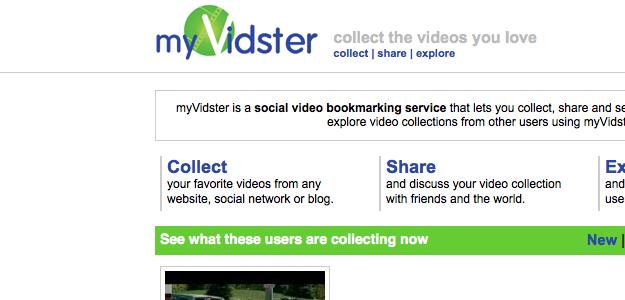 Here’s a question that may be near and dear to many of our hearts: If you watch a video online that contains copyrighted material, but the video that you’re watching hasn’t come from the person or organization that owns the copyright, are you doing something illegal? What about if you then embedded that bootleg video into a blog post, or shared it via social media? Or, to take things a stage even further, what if you owned a website or social media network where people were embedding bootleg videos or sharing links to them?
Here’s a question that may be near and dear to many of our hearts: If you watch a video online that contains copyrighted material, but the video that you’re watching hasn’t come from the person or organization that owns the copyright, are you doing something illegal? What about if you then embedded that bootleg video into a blog post, or shared it via social media? Or, to take things a stage even further, what if you owned a website or social media network where people were embedding bootleg videos or sharing links to them?
Those questions are at the heart of an ongoing lawsuit between porn company Flava Works and Marques Rondale Gunter, the owner and operator of myVidster, a site that allowed users to embed videos and links to videos that they wanted to share. The lawsuit actually dates back to 2010, when Flava Works initially took aim for Gunter and myVidster for, as it saw it, promoting illegal sharing of copyrighted material, and facilitating the process. A year later, Illinois Judge John Grady issued an injunction against myVidster, saying that the site hadn’t gone beyond minimum requirements as set out in the Digital Millennium Copyright Act when it came to dealing with the illegal sharing of copyrighted material – an injunction that the 7th Circuit Court of Appeal has just overturned.
The judge responsible for this latest development is Judge Richard Posner, who re-examined the question of just who is to blame when a copyright-infringing video is viewed, or shared. In his judgment, he wondered whether Gunter and myVidster were “contributory infringer[s] if a visitor to its website bookmarks the video and later someone clicks on the bookmark and views the video?” He didn’t think so, comparing myVidster instead to “a telephone exchange connecting two telephones” and putting the blame squarely on the shoulders of the person who had uploaded the infringing video in the first place. Saying that uploading an infringing video and viewing it were analogous to “stealing a copyrighted book from a bookstore and reading it,” Posner said that the latter may be “a bad thing to do … but it is not copyright infringement.” Instead, he said, “the infringer is the customer of Flava who copied Flava’s copyrighted video by uploading it to the Internet.”
While he removed responsibility for sharing videos from the site in this case – “MyVidster is giving web surfers addresses where they can find entertainment,” he wrote, adding “by listing plays and giving the name and address of the theaters where they are being performed, the New Yorker is not performing them. It is not ‘transmitting or communicating’ them” – he didn’t do so in every possible iteration of the circumstance. “If myVidster invited people to post copyrighted videos on the Internet without authorization or to bookmark them on its website, it would be liable for inducing infringement,” he concluded.


